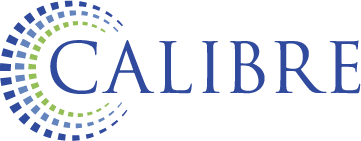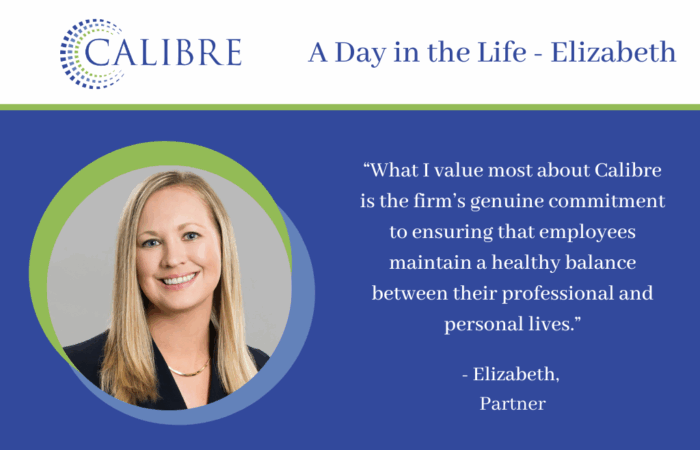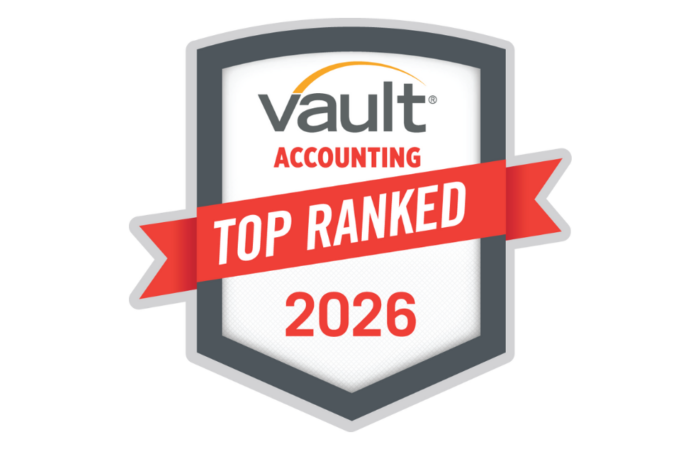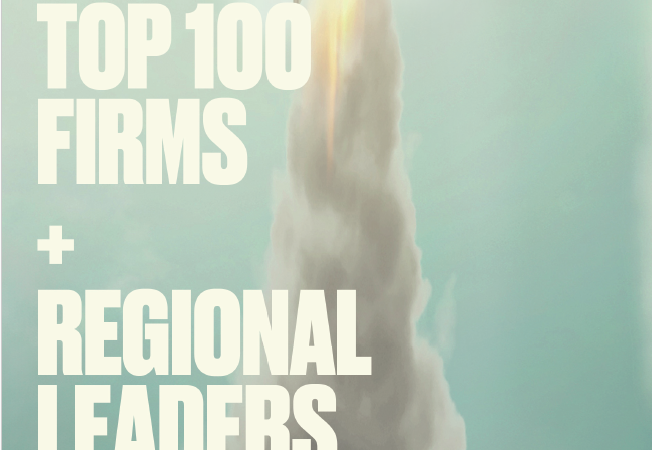On March 18, 2020, the President signed the Families First Coronavirus Response Act (FFCRA) into law, which aims to ease economic burdens stemming from the novel coronavirus disease (COVID-19) outbreak by providing paid family and medical leave and paid sick leave to employees. The Act includes the Emergency Family and Medical Leave Expansion Act (EFMLEA) and the Emergency Paid Sick Leave Act (EPSLA).
Emergency Paid Sick Leave
Private employers with fewer than 500 employees, and public employers of any size, must provide 80 hours of paid sick time to full-time employees who are unable to work (or unable to telework) for specified virus-related reasons. The paid sick leave mandate takes effect April 1, 2020, and expires December 31, 2020.
Part-time employees are entitled to sick time based on their average hours worked over a 2-week period. Paid sick leave is available to employees regardless of the employee’s length of employment. Employers cannot require employees to find a replacement worker or use other sick leave before this sick time.
Employees must be paid 100% of their regular wages, up to $511 per day, for a maximum of 10 days (maximum total is $5,110), if an employee is on leave because he or she:
- is subject to a federal, state or local quarantine or isolation order related to COVID-19; or
- has been advised by a healthcare provider to self-quarantine due to COVID-19 related concerns; or
- is experiencing symptoms of COVID-19 and seeking a medical diagnosis.
Additionally, employees must be paid two-thirds of their regular wages, up to $200 per day, for a maximum of 10 days (maximum total is $2,000), if an employee is on leave because he or she:
- is caring for an individual described previously in category 1, 2, or 3, or
- is caring for a son or daughter whose school is closed or child care provider is unavailable, or
- is experiencing a “substantially similar condition” specified by the Dept. of Health & Human Services.
Emergency Paid Family & Medical Leave
Private employers with fewer than 500 employees must provide both paid and unpaid public health emergency leave to certain employees through December 31, 2020.
Emergency leave is generally available when an employee who has been employed for at least 30 days is unable to work or telework due to a need for leave to care for a child under age 18 because a school or place of care has been closed, or a childcare provider is unavailable, due to an emergency with respect to COVID-19 that is declared by a federal, state, or local authority.
The first 10 days of leave may be unpaid, then paid leave is required. However, the employee may qualify for paid sick leave during the first 10 days under the Emergency Paid Sick Leave Act described previously.
Emergency family and medical leave is calculated based on two-thirds of an employee’s regular rate of pay and the number of hours the employee would otherwise be normally scheduled to work. Paid family and medical leave must be provided for up to 10 weeks at up to $200 per workday, but not to exceed $10,000 in the aggregate.
Consider the following example:
- Regular rate of pay = $30 per hour
- Regular work week = 25 hours per week
Qualifying paid family and medical leave would equal $20 (2/3 of $30) per hour, for 25 hours per week, amounting to $500 per week. An employee entitled to 10 weeks of leave under the FFCRA would be paid a total of $5,000.
Small businesses with fewer than 50 employees may qualify for exemption from the requirement to provide leave due to school closings or child care unavailability if the leave requirements would jeopardize the viability of the business as a going concern.
“Unable to Work” Defined
An employee is considered unable to work if an employer has work for the employee, but one of the COVID-19 qualifying reasons set forth in the FFCRA prevents them from being able to perform that work, either under normal circumstances at their normal worksite or by means of telework. To the extent an employee is able to telework their normal schedule, paid sick leave and expanded family and medical leave would not be available.
Employers are not required to provide paid leave under FFCRA if the business closes or reduces employee hours due to a government ordered closure or a general lack of business. In these cases, employees may receive unemployment benefits or other government assistance. Paid leave under FFCRA only applies to employers who have work available for employees to perform but the employees are unable to perform the work due to reasons set forth in the FFCRA. The fact that an employer may find another employee to cover a shift of an employee who is unable to work due to COVID-19 does not prevent the employee who is unable to work their normal shift from receiving paid leave.
Intermittent Paid Leave
If an employee is able to perform work or telework intermittently, this employee will be eligible for paid leave under the FFCRA for any hours of their normal work schedule that they are unable to work due to a qualifying reason. For example, an employee who would normally work 40 hours, 5 days per week, is now forced to care for a child due to a school closure related to COVID-19. Assuming the employee can still telework 2 hours per day (and the employer can accommodate this), the employee could take 30 hours of paid leave intermittently throughout the week while also working. The DOL encourages employers and employees to collaborate to achieve maximum flexibility and facilitate intermittent leave when possible. Intermittent leave would not be possible in the case of an individual who is under quarantine and cannot telework, for example.
Other Rules & Requirements
Documentation: Employers must keep records of leave taken under the FFCRA: including, the employee’s name, qualifying reason for requesting leave, statement that the employee is unable to work, including telework, for that reason, and the date(s) for which leave is requested. Documentation of the reason for the leave will also be necessary, such as the source of any quarantine or isolation order, or the name of the health care provider who has advised self-quarantine. Expanded family and medical leave to care for a child whose school or place of care is closed due to COVID-19 must be documented by employees by providing appropriate documentation in support of such leave, just as they would for conventional FMLA leave requests.
Employer Notice: Each covered employer must post in a conspicuous place on its premises a notice of Families First Coronavirus Response Act (FFCRA) requirements.
Prohibitions: Employers may not discharge, discipline, or otherwise discriminate against any employee who takes paid sick leave under the FFCRA and files a complaint or institutes a proceeding under or related to the FFCRA.
Penalties and Enforcement: Employers in violation of the first two weeks of paid sick time or unlawful termination provisions of the FFCRA will be subject to the penalties and enforcement described in Sections 16 and 17 of the Fair Labor Standards Act. 29 U.S.C. 216; 217. Employers in violation of the provisions providing for up to an additional 10 weeks of paid leave to care for a child whose school or place of care is closed (or child care provider is unavailable) are subject to the enforcement provisions of the Family and Medical Leave Act. The DOL will observe a temporary period of non-enforcement for the first 30 days after the Act takes effect, so long as the employer has acted reasonably and in good faith to comply.
Part-time Employees: Part-time employees are entitled to leave for his or her average number of work hours in a two-week period. Therefore, hours of leave is calculated based on the number of hours the employee is normally scheduled to work. If the normal hours scheduled are unknown, or if the part-time employee’s schedule varies, a six-month average should be used to calculate the average daily hours.
Regular Rate of Pay: the rate of pay used to calculate paid leave is the average of the regular rate over a period of up to six months prior to the date on which leave is taken. Commissions, tips, or similar amounts should also be incorporated into the rate of pay calculation.
Other Paid Leave: Paid sick leave and expanded family medical leave under the FFCRA is in addition to employees’ preexisting leave entitlements. Employees cannot be forced to use vacation or any other entitled leave before taking leave under the FFCRA.
Employer Tax Credits
The FFCRA provides tax credits to employers to cover wages paid to employees while they are on emergency paid sick leave or emergency paid family and medical leave. The tax credits are fully refundable and designed to immediately and fully reimburse employers, dollar-for-dollar, for the cost of providing Coronavirus-related leave to employees. Eligible employers are also entitled to an additional tax credit determined based on costs to maintain health insurance coverage for the eligible employee during the leave period. For additional information on the employer tax credits, please see our prior bulletin, entitled COVID-19: Tax Relief Update.
What’s Next?
Calibre CPA Group understands how a rapidly changing legal and economic environment will impact our clients. We continue to monitor new developments and timely communicate information that is vital to our client’s interests. We encourage our affected clients to contact us at 866.464.2839 or info@calibrecpa.com with any questions or concerns.
Article prepared by:
Jeffrey W. Lewis, CPA, CFE | Tax Partner
Justin W. Herring, CPA, MST | Tax Manager




